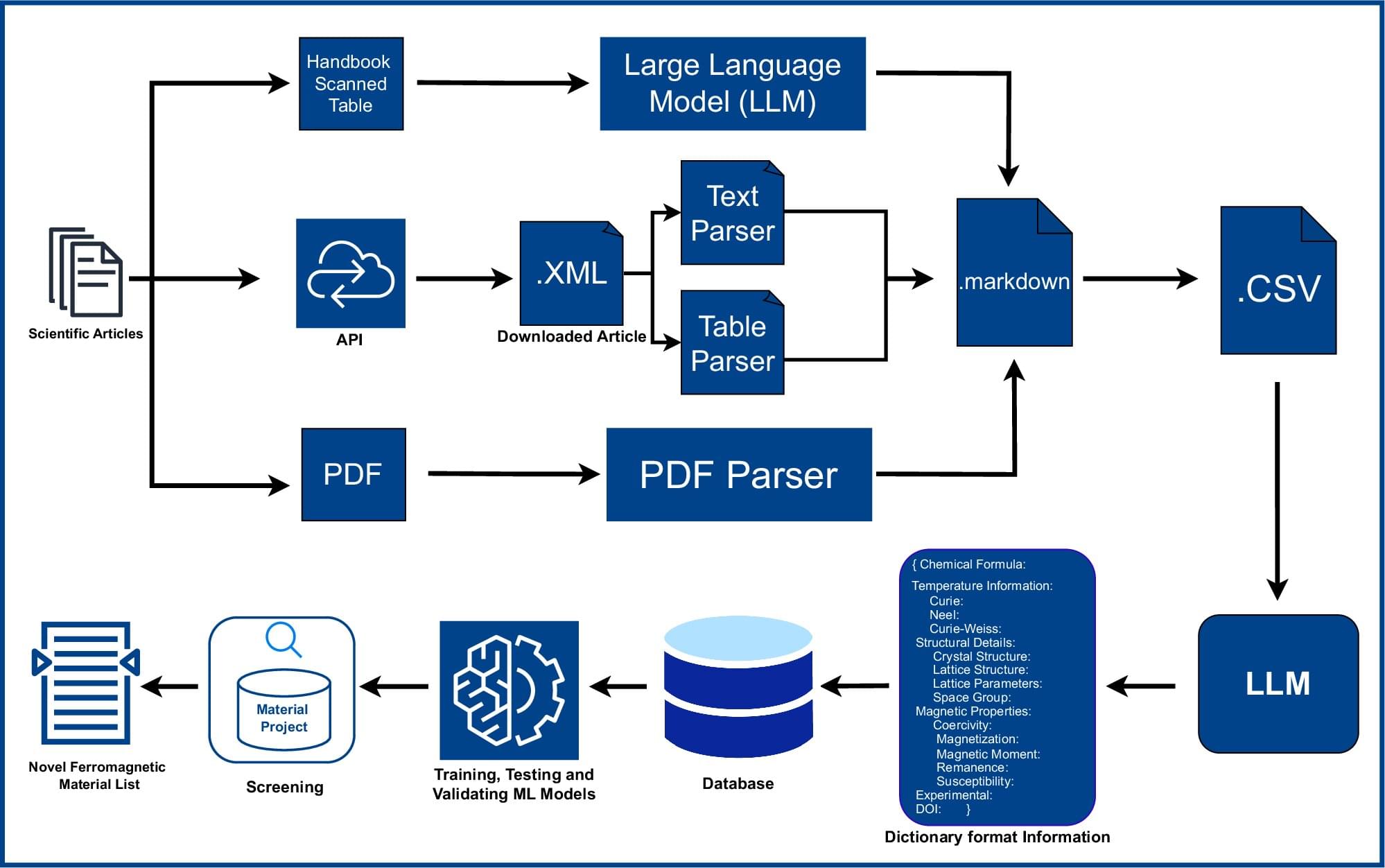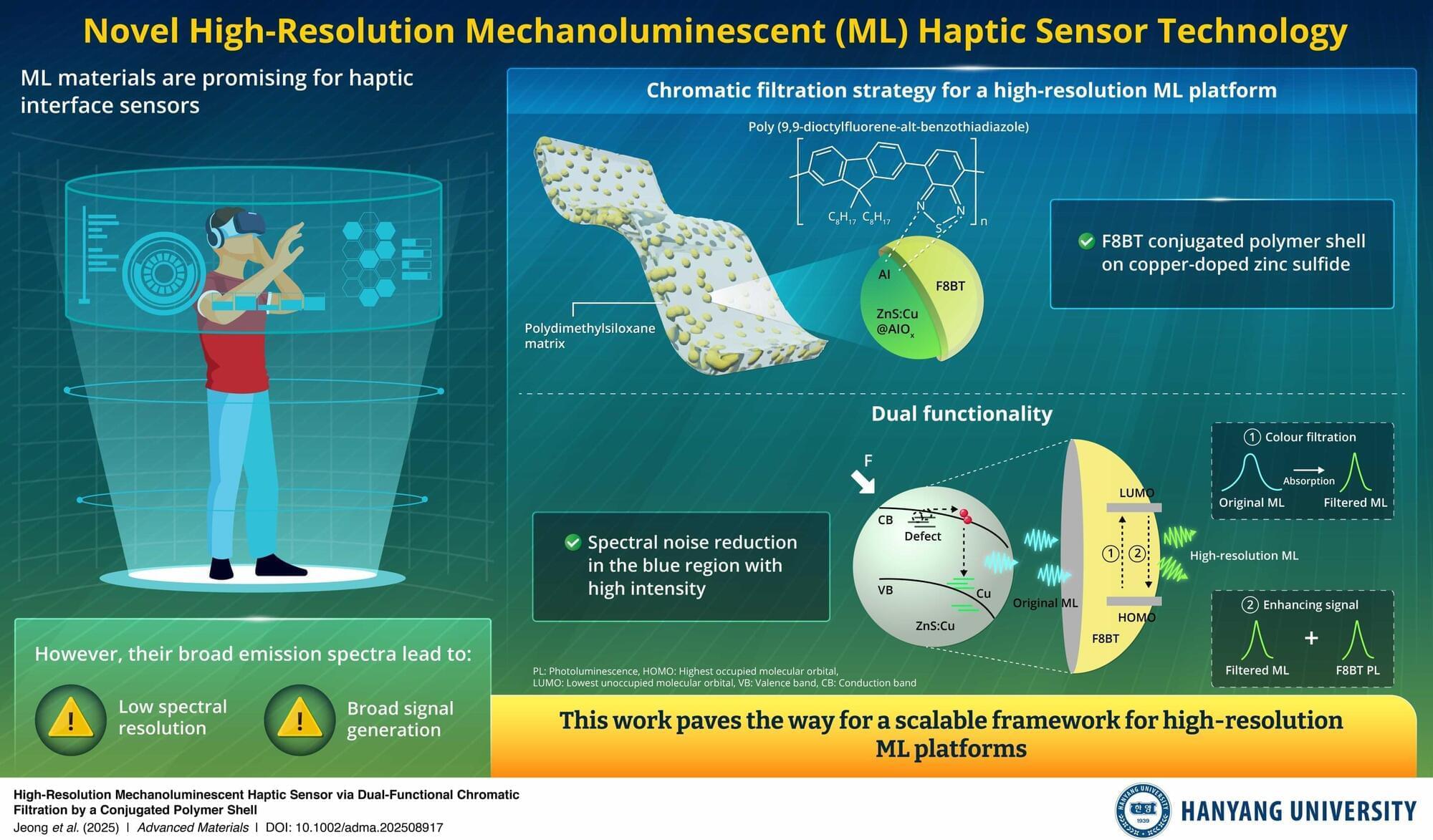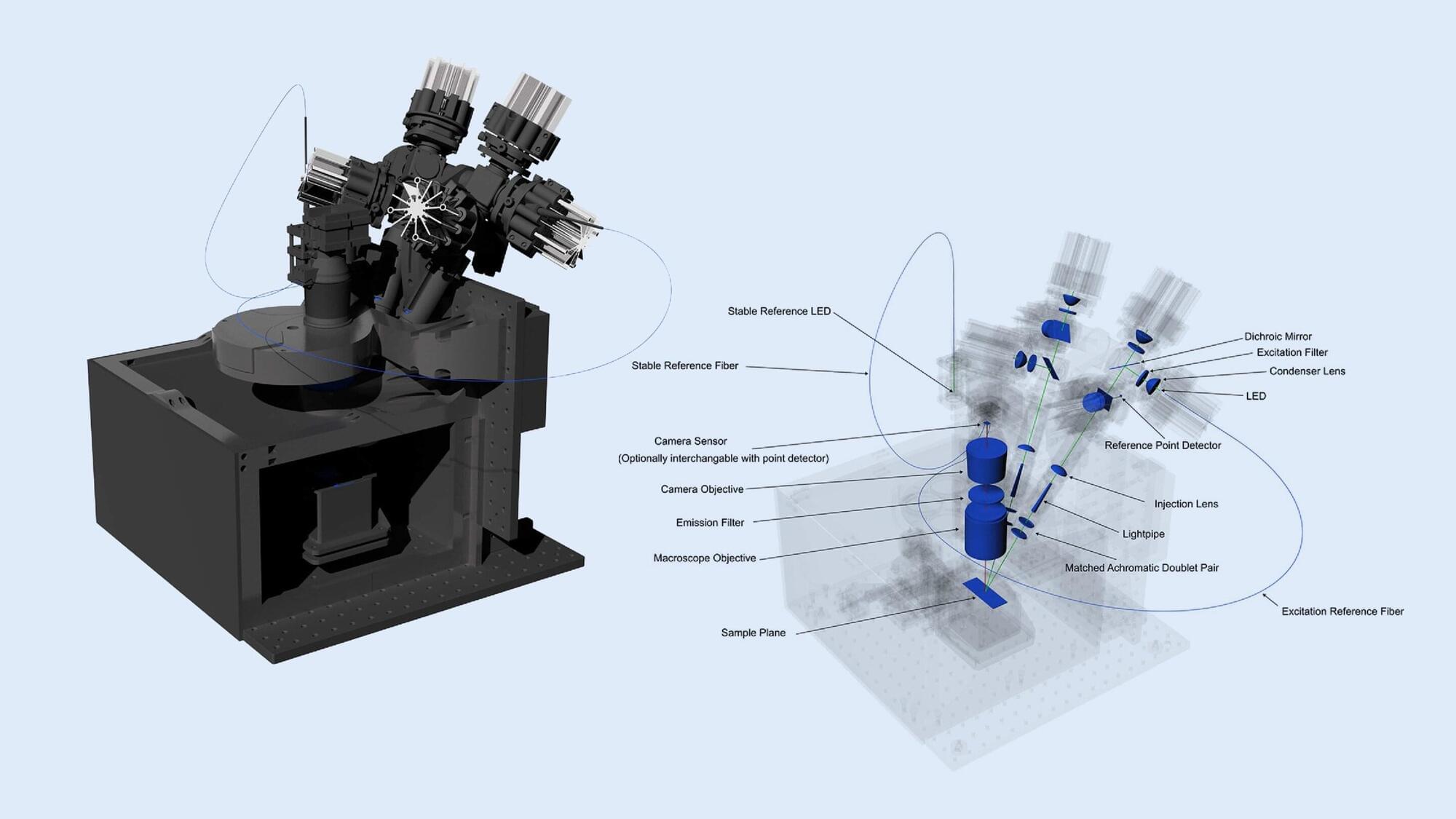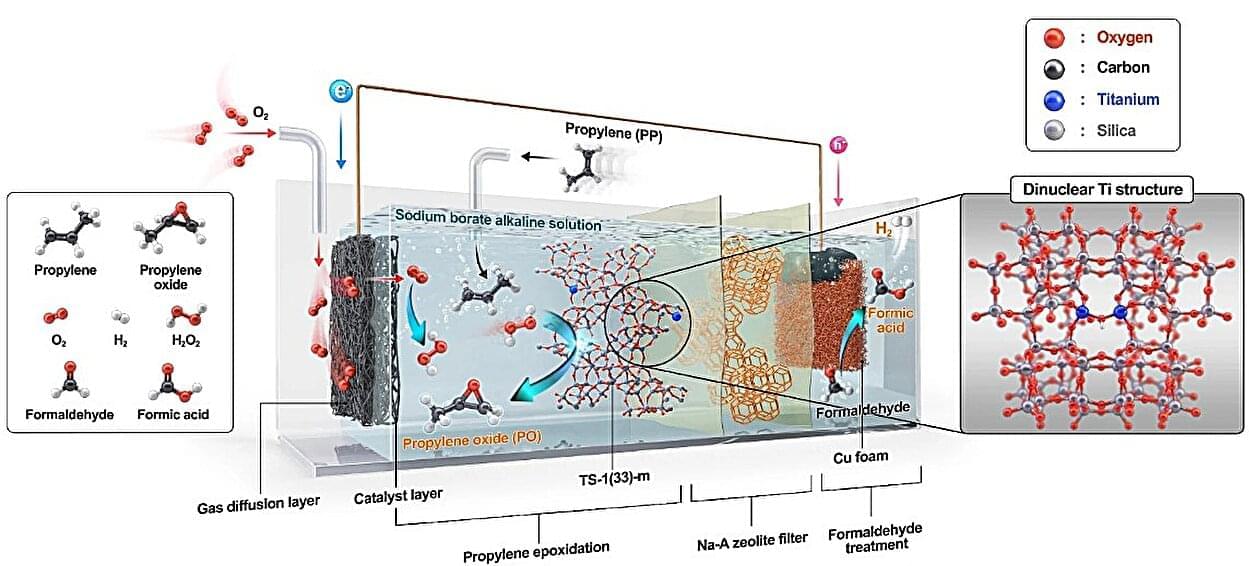Researchers at the University of New Hampshire have harnessed artificial intelligence to accelerate the discovery of new functional magnetic materials, creating a searchable database of 67,573 magnetic materials, including 25 previously unrecognized compounds that remain magnetic even at high temperatures.
“By accelerating the discovery of sustainable magnetic materials, we can reduce dependence on rare earth elements, lower the cost of electric vehicles and renewable-energy systems, and strengthen the U.S. manufacturing base,” said Suman Itani, lead author and a doctoral student in physics.
The newly created database, named the Northeast Materials Database, helps to more easily explore all the magnetic materials which play a major role in the technology that powers our world: smartphones, medical devices, power generators, electric vehicles and more. But these magnets rely on expensive, imported, and increasingly difficult to obtain rare earth elements, and no new permanent magnet has been discovered from the many magnetic compounds we know exist.








